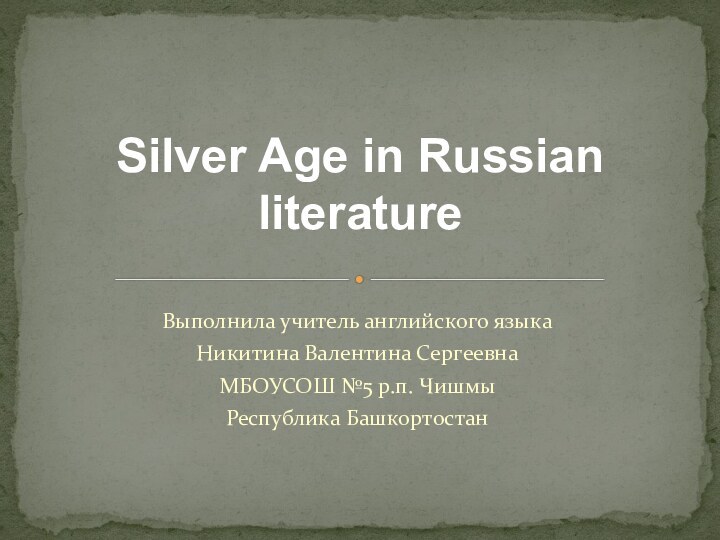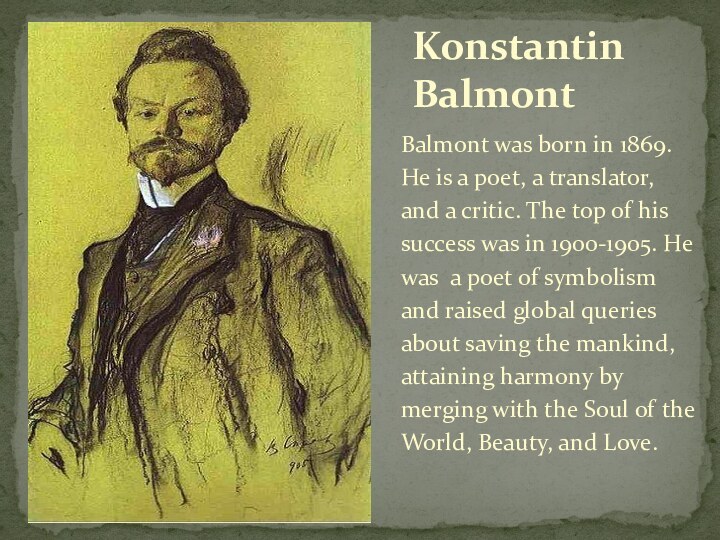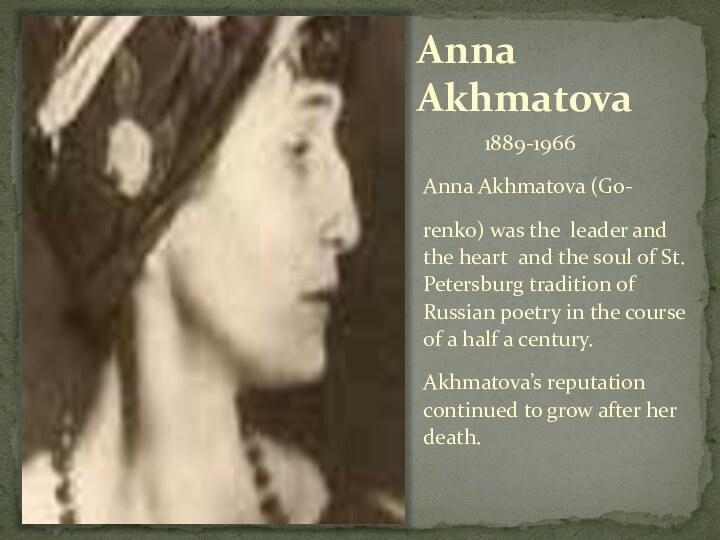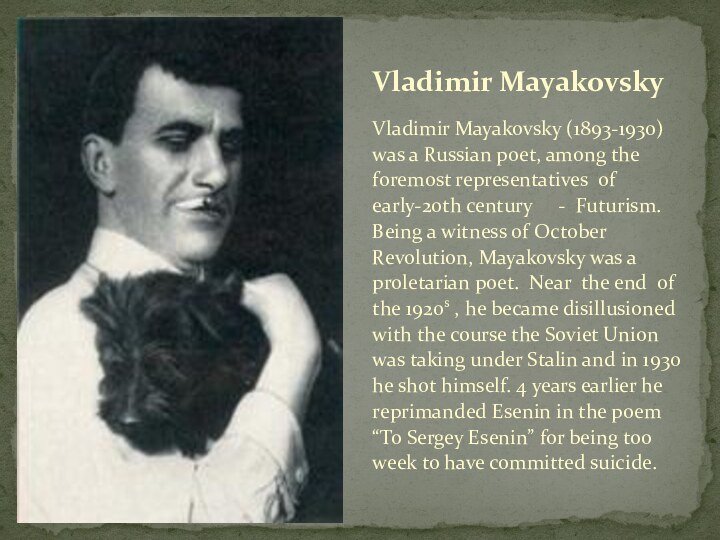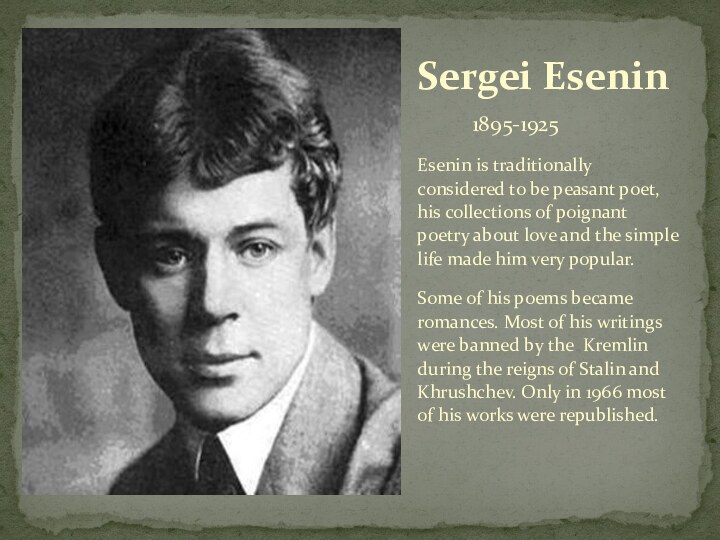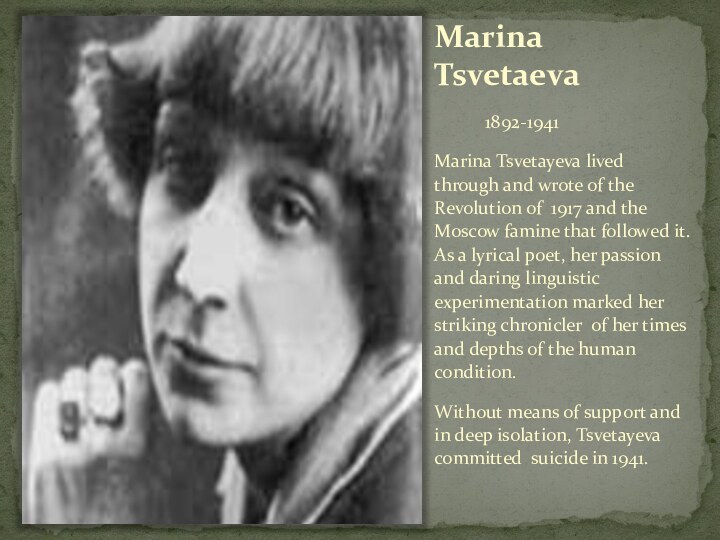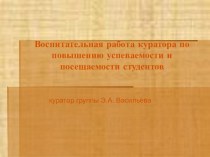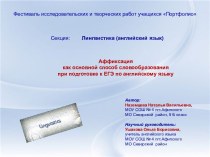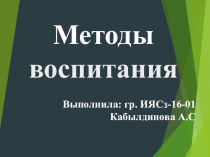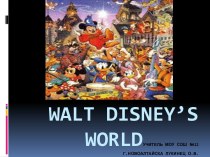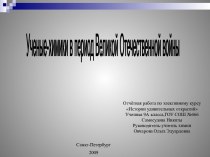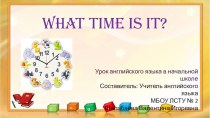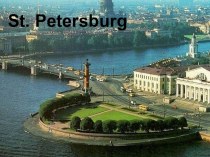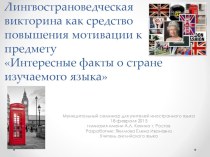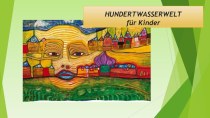Слайд 2
The most famous names of the Silver Age
The heyday of the Silver Age fell on
the year 1915, the time of its highest rise and its end.
Realistic portrayal of life did not satisfy authors any more, and their argument with the
classics of the 19th century generated new literary movements, such as symbolism, acmeism, and futurism.
The first literary current was symbolism that united quite different poets, such as Konstantin Balmont, Valery Bryusov, and others.
Слайд 3
Konstantin Balmont
Balmont was born in 1869. He is
a poet, a translator, and a critic. The top
of his success was in 1900-1905. He was a poet of symbolism and raised global queries about saving the mankind, attaining harmony by merging with the Soul of the World, Beauty, and Love.
Слайд 4
Nikolai Gumilyov
Nikolai Gumilyov was born in 1886. He
belonged to the new literary movement – acmeism .
Acmeism, according to him , was not supposed to reach for the unknown and try and fully encompass the diversity of the world.
Nowadays acmeism is remembered only due to the names of Gumilyov, Anna Akhmatova, and Osip Mandelshtam.
Слайд 5
Anna Akhmatova
1889-1966
Anna Akhmatova (Go-
renko) was the leader and the heart
and the soul of St. Petersburg tradition of Russian poetry in the course of a half a century.
Akhmatova’s reputation continued to grow after her death.
Слайд 6
In 1910 Anna married the boyish poet Nikolai
Gumilyov.
Their son, Lev, born in 1912, was to become
a famous Neo-Eurasianist historian.
Gumilyov and Akhmatova
Слайд 7
Vladimir Mayakovsky (1893-1930) was a Russian poet, among
the foremost representatives of early-20th century -
Futurism. Being a witness of October Revolution, Mayakovsky was a proletarian poet. Near the end of the 1920s , he became disillusioned with the course the Soviet Union was taking under Stalin and in 1930 he shot himself. 4 years earlier he reprimanded Esenin in the poem “To Sergey Esenin” for being too week to have committed suicide.
Vladimir Mayakovsky
Слайд 8
1895-1925
Esenin is traditionally
considered to be peasant poet, his collections of poignant
poetry about love and the simple life made him very popular.
Some of his poems became romances. Most of his writings were banned by the Kremlin during the reigns of Stalin and Khrushchev. Only in 1966 most of his works were republished.
Sergei Esenin
Слайд 9
Marina Tsvetaeva
1892-1941
Marina
Tsvetayeva lived through and wrote of the Revolution of
1917 and the Moscow famine that followed it. As a lyrical poet, her passion and daring linguistic experimentation marked her striking chronicler of her times and depths of the human condition.
Without means of support and in deep isolation, Tsvetayeva committed suicide in 1941.
Слайд 10
Different were the hard fates of wonderful Silver
Age poets. Somebody could not bear living in the
newly reshaped motherland and had to flee, others, like Nikolai Gumilyov, were innocently executed, somebody, like Anna Akhmatova, stayed in the native land and suffered through all its sorrows, whereas some of them, like Vladimir Mayakovsky or Marina Tavetayeva voluntary quitted the scene. Anyway, all of them had contributed to the true miracle, creating the Silver Age of Russian poetry.
Слайд 11
Листва закипает, как наши двадцатые,
Когда Маяковский с Асеевым в дружестве
Писали стихи
о любви и о мужестве,
Неугомонные и угловатые;
Когда Пастернак в бормотанье восторженном,
Стремительном, миротворяще-встревоженном,
Слагал свои строки и тут же выбрасывал,
Сквозь жизнь пробираясь движением брассовым;
Когда над Есениным рдяными красками
Пылали все зори рязанские истово,
И Хлебников числа свои перелистывал
И впроголодь пел, детворою обласканный.
Листва закипает, как годы начальные,
Уже отдалённые дымкой забвения,
И новые к жизни идут поколения,
Но листья кипят, будто годы те дальные,
Те годы начальные, годы двадцатые:
Мы нищие были, мы были богатые.
Лев Озеров, « Двадцатые».
